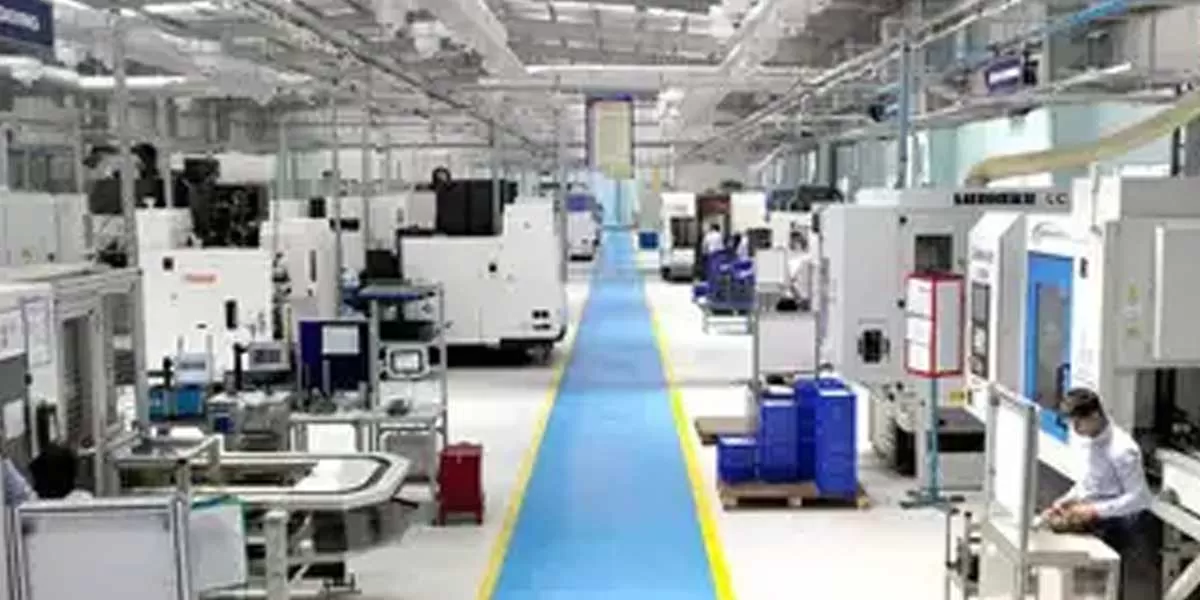
The 73rd NPG analyses eight key infrastructure projects

RACL Geartech to Inaugurate New Facility for BMW Electric Car Parts
RACL Geartech, a leading manufacturer of transmission gears and shafts for automotive and industrial applications, is set to expand its footprint in the electric vehicle (EV) sector. The company has announced the operational readiness of a new, dedicated facility at its Gajraula manufacturing location, aimed at producing Parking Lock Actuation Assemblies for BMW's electric cars.The company successfully completed trial production and has already commenced pre-series production. The new facility will be officially inaugurated on February 13, 2025, with senior management personnel from BMW in att..

JCB Hits Major Milestone with One Million Backhoes and Counting
JCB celebrated a major machine milestone with the production of its one millionth Backhoe Loader. The first JCB Backhoe rolled off the production line in Rocester, Staffordshire in 1953. Called the Mark One, it brought the new wonder of hydraulic power to construction equipment for the first time. In the first full year of production in 1954 just 35 of the machines were built and it took more than 20 years for the first 50,000 to be made. It took 59 years for the first half million JCB Backhoes to be manufactured – but less than 13 years for the next half million to be produced, culminatin..

CMA Welcomes Union Budget 2025-26
The Cement Manufacturers’ Association (CMA) welcomes the Union Budget 2025-26 presented by the Honourable Finance Minister Nirmala Sitharaman. CMA Member Companies have been at the forefront of nation building by significantly contributing to infrastructure development, employment generation, and economic growth. CMA belives that the Budget presents a commendable vision for India's development through strategic investments in people, economy, and innovation. Commenting on the Budget, Neeraj Akhoury, President, CMA and Managing Director, Shree Cement, stated, “CMA hails the Union Budget, a..















